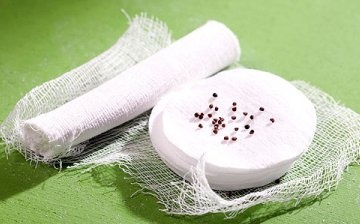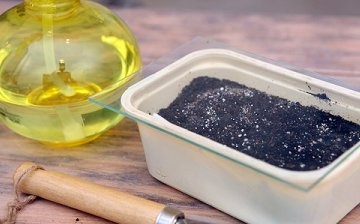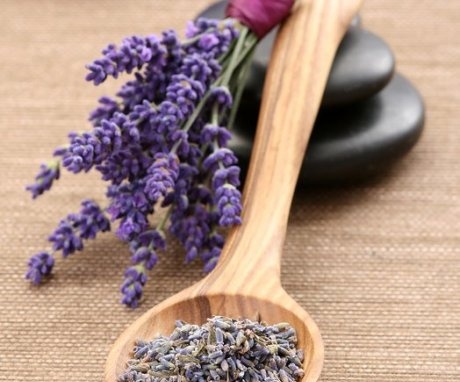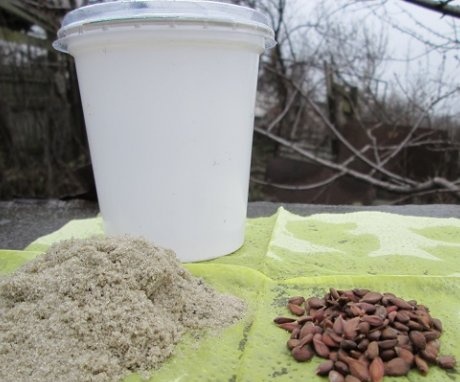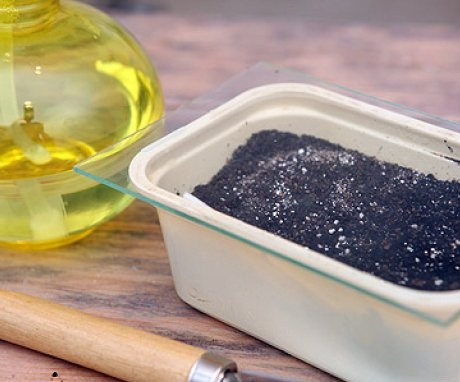Seed stratification: description and methods of stratification
When planting seeds of trees, bushes, flowers or fruit plants on the plot or at home for seedlings, you often face the problem of low germination of plants. To avoid such unpleasant moments, it is necessary to prepare the seeds for planting. This is best started in early winter, as for many plants this preparation can take 3 months.
Content:
Seed stratification methods
Seed stratification is a process that is designed to treat seeds in order to speed up their hatching and increase the percentage of germination. There are three main ways to prepare seeds for sowing. They differ in the holding time and temperature at which it is necessary to keep the seeds, seeds or grains.
Stratification at low temperatures:
- It is applied to those seeds that naturally tolerate cold temperatures. This process helps to ripen and increase the sprouting rate.
- To begin with, the seeds are soaked for a while, and then placed in a cold place.
In general, cold stratification is suitable for growing pine trees, mountain lavender and clematis. Duration of exposure of pine in wet sand does not exceed 1 month. The ambient temperature should be around 5 degrees. But the seeds of blue spruce under the same conditions must be kept for up to 3 months.
Flower seeds are stratified for no more than 1 month. To do this, they are laid out on damp gauze.
High temperature stratification:
- Warm stratification is suitable for almost all flowering crops.
- It is often used by summer residents for preparation of tomato seeds, cucumber and other fruits for sowing on seedlings or in the ground.
- This process is carried out indoors. The seeds are spread on a damp cloth or paper towel and placed in a warm place.
- Pecking occurs within 1–2 days.
Some seeds require a longer period. The lumbago is germinated on wet foam rubber sprinkled with sand and wrapped in cling film for 2 weeks. Lemongrass is stratified in wet sand at a temperature of 25-28 degrees. Its seeds hatch only after 1 month.
Other ways of stratification
Combined stratification:
- For some crops, the germination of which takes a very long time and is difficult, it is necessary to carry out two stratification processes: warm and cold.
- For example, primrose seeds are kept in a refrigerator in a damp cloth for 10-15 days.
- Further, they take it out and put it for further stratification in a warm place and make sure that the matter is always moist, and the ambient temperature does not drop below 20 degrees.
Washing:
- Amateur gardeners use this method very often. And it is the simplest and does not require additional time investment.
- When rinsing, the seeds are placed in a small container, such as a saucer, plate or bowl.
- Then, they are filled with water for 1-2 days. After this period of time, the seeds hatch and the first plant rudiments appear.
This method is suitable for seeds harvested in the previous year, that is, fresh. In this way, legumes, sunflowers, lupins, cabbage, radish.
Washing is slightly different for seeds older than one year. They are poured into a rag bag and placed for 8-10 hours under a stream of running warm water. Water not only flushes the oils out of the seeds, but also saturates them, which helps to awaken the sleeping embryo. After the time has elapsed, the seeds are spread out of the bag onto a damp gauze for further pecking.
Sparging:
- In this preparation, the seeds are placed in a container of water through which air bubbles are continuously passed. This method helps to remove the layer on the seed that prevents germination.
- Sparging at home can be done with an aquarium compressor.
- Seeds of carrots or onions, which usually have a low percentage of germination, hatch 1-1.5 weeks earlier after such preparation.
- The water temperature must be kept within 20 degrees.
- For seeds in which bubbling lasts more than a day, the water in the container must be changed every 10 hours.
Freezing:
- This method is applied to those seeds that in nature in winter are on the surface of the earth and endure the effects of winter frosts.
- In order to repeat the natural effect, the seeds are poured into a small container and filled with water at room temperature. In this state, they should stand for 5-7 hours.
- After that, the container with the seeds is placed in the freezer until it freezes completely.
- After that, take them out and let them defrost and put them back in the freezer. This operation must be repeated 5-7 times.
Types of scarification
There are two types of scarification: mechanical and thermal. They are suitable for seeds with a hard shell. In nature, under the influence of heat and cold, the hard seed bark bursts. In the spring, when the snow melts, water flows through the crack to the seed, thanks to which it germinates.
Temperature scarification:
- The seeds are placed in a cloth bag, which is first immersed in boiling water for 2-3 seconds and immediately in ice water for the same period of time.
- This procedure is repeated until the seed bursts.
Mechanical scarification:
- This method consists in damaging the hard shell of the seed with a file, emery paper, knife or other sharp object until a small break is formed through which the sprout can easily break through.
Snowing:
- This method is one of the simplest. The seeds must be placed in a box that is exposed to the open air during winter snowfalls.
- He must stay there for 1-3 months.
- With the onset of spring and the cessation of snowfall, the container with seeds is transferred to a warm, bright place, for example, a greenhouse.
Also, before sowing, many gardeners prefer to accelerate germination with the help of special preparations developed for this purpose. The seeds are treated with root root, potassium permanganate.
For each plant, you must select one seed preparation methodthat suits him best. This information is often written on the seed packaging.
More information can be found in the video.



